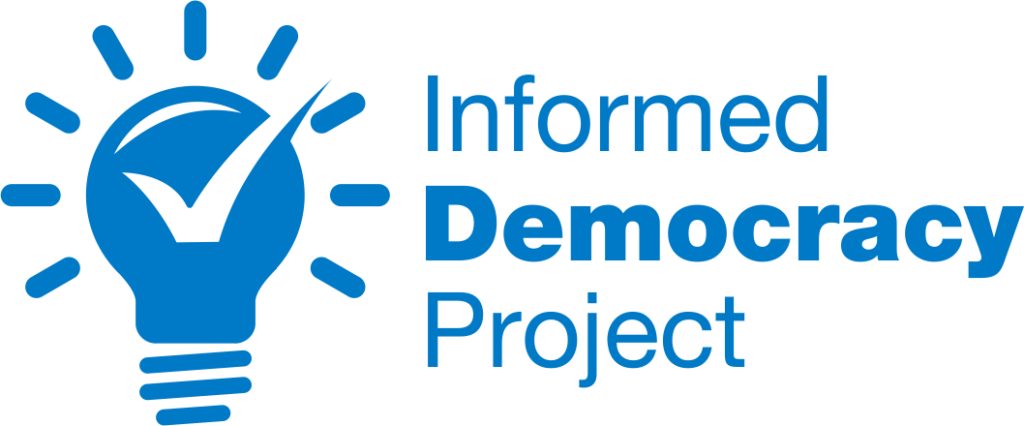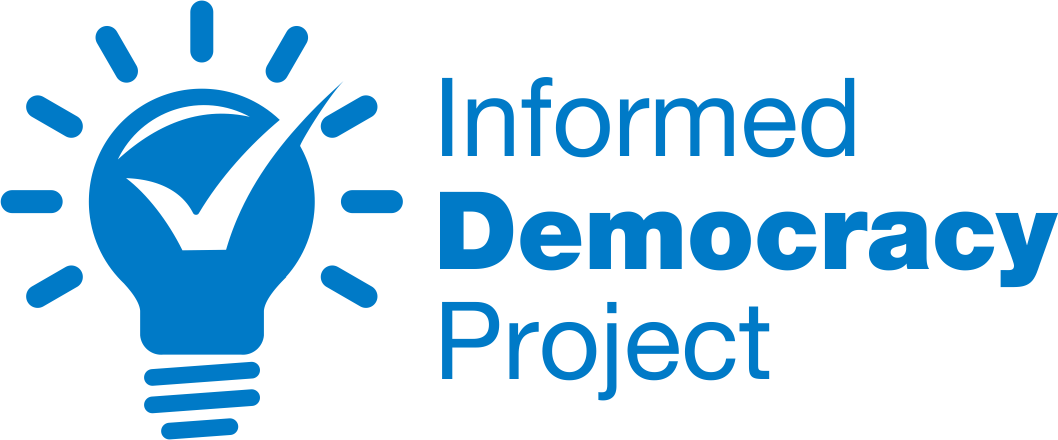Against the backdrop of a national Primary Problem, Alaska’s election this year gave voters more representative choices, more meaningful say, and yielded more bipartisan campaigns. What’s more, Alaska voters understand and support the reformed voting process. This election week, we’re closely watching as our northernmost neighbors head to the polls under a remarkably different voting environment — will it be a model for other states?
The national spotlight is shining bright on Alaska this Election Day thanks to two high profile races to represent the state in the U.S. Senate and House. But, at Unite America we are excited for a different reason. This year, Alaska implemented an election system approved by voters in 2020. Alaska’s top-four primary and ranked choice voting (RCV) general election — the first of its kind — was designed to give all voters more, and better, choices and change the way campaigns operate.
We may already be seeing some signs of the new system at work, including historically large numbers of candidates running, candidates that better reflected Alaska’s political make-up, and high voter turnout in the primary. All of this was followed by general elections that were far more competitive than 2020. In addition, the party system continued to exert a healthy influence on the ballot. Finally, notable campaigns engaged in unabashed displays of bipartisanship.
More work is needed to fully understand how Alaska’s reform has changed the game for candidates and voters. There are certainly other factors at play, especially in a redistricting year, but it’s difficult to write-off the influence of Alaska’s new election system on the changes we’ve observed. We look forward to learning more after the general election and from the research community in the coming months and years.
More voters had more meaningful choices.
Over 32% of registered voters turned out for the August primary. This is significantly higher than the state’s average turnout for the last two decades (27.6%) and soars above the current 20% average turnout this year for registered Democratic and Republican primaries nationally.
The expanded voter pool had more candidates to choose from. A recent study published by the Sightline Institute looked at primaries from 2010 to 2022. They observed that, correlated with new reforms, “the number of candidates running in statewide races increased across the board to its highest level.” This was especially the case in the races for the U.S. House and Senate seats. This year’s primary also featured the largest percentage (31.1%) of female candidates in recent history.


